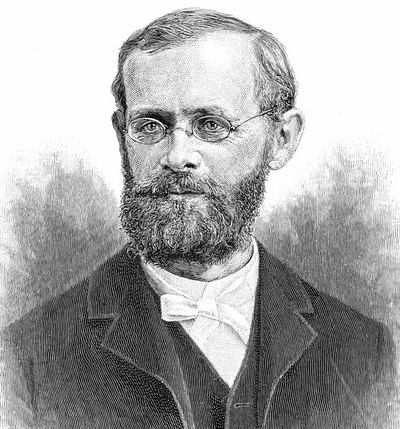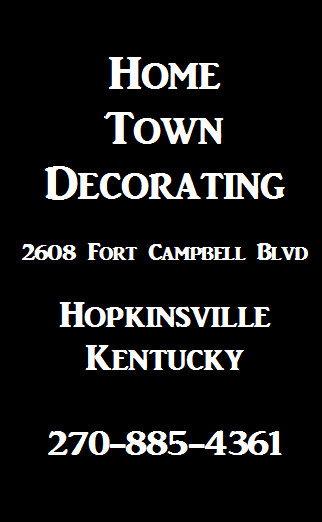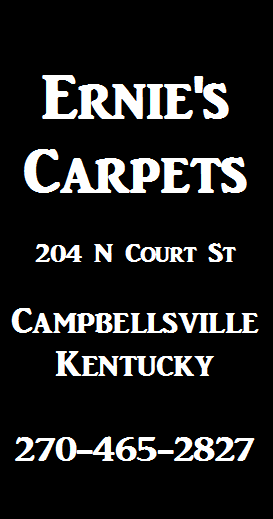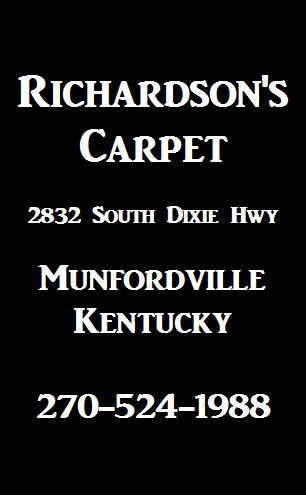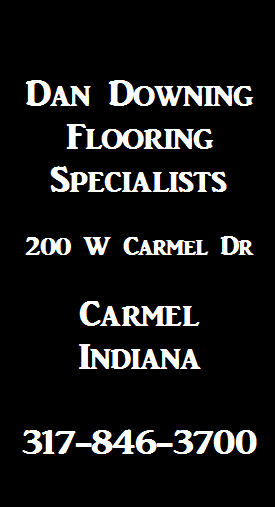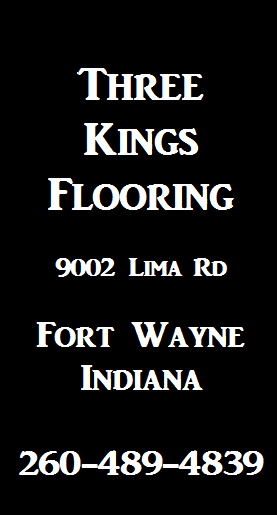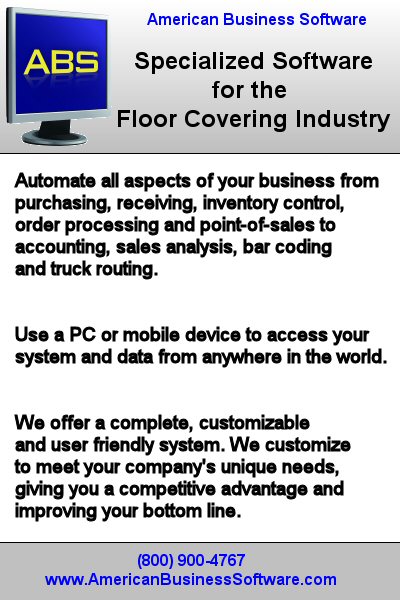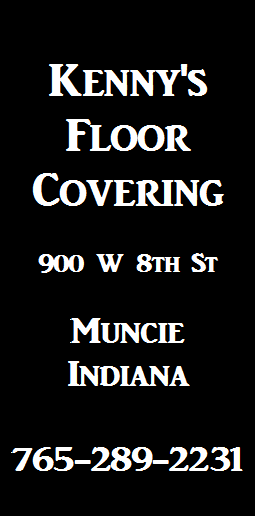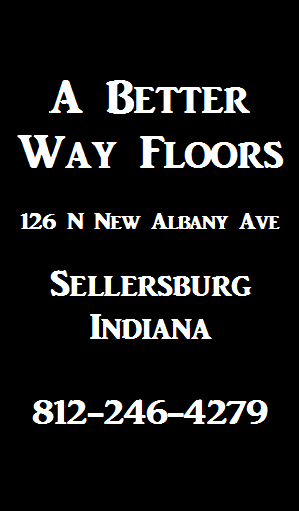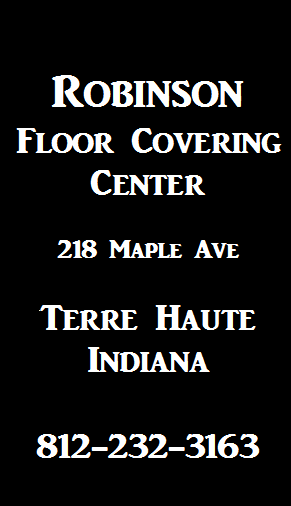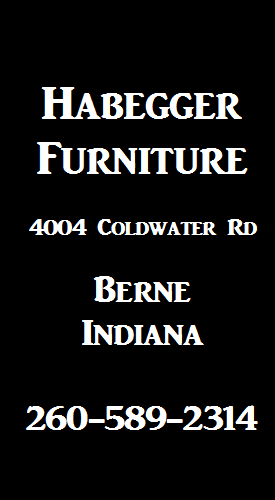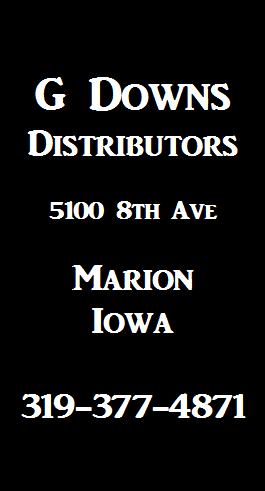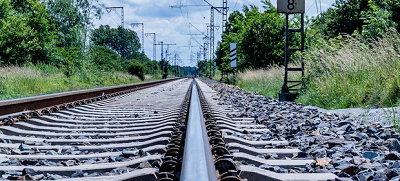
Few of us are likely to forget that it was the advent of railroad travel during the 19th century, which led to the introduction of time zones within the United States of America. Manifest destiny, once it was achieved, manufactured a problem with daylight. What was that problem? The sun was rising at different times throughout the country. Time zones were devised as a practical solution to this perceived problem; believed to otherwise create confusion. Time zones were an effective way of synchronizing times with daylight across the country.
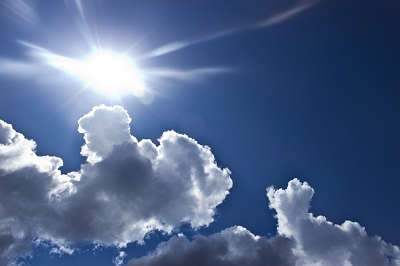
Towns and cities set their clocks to noon as the sun passed over their meridian to establish the solar time in their area. While noon occurred at different times in different places throughout the country, the time differences between distant locations weren't noticeable for most people prior to the 19th century. Why not? Traveling across the country took months. At the time, there wasn't much if any correspondence in transit without access to long-distance, instant communications; technological innovations did not exist yet.

Use of local solar time became increasingly awkward as railways and telecommunications improved. American railroads maintained many different time zones during the late 1800s. Each train station set its own clock making it difficult to coordinate train schedules and confusing passengers. Time calculation became a serious problem especially for people traveling by train (sometimes hundreds of miles in a day), according to the Library of Congress.

Train drivers had to recalculate their own clocks to know their departure time. Every city in the US used a different time standard. There were more than 300 local sun times. Time zones were a compromise, relaxing the complex geographic dependence while still allowing local time to be approximate with mean solar time. Railroad managers attempted to address the problem by establishing 100 railroad time zones. It was a partial solution to the problem.
Weather service chief Cleveland Abbe introduced four standard time zones for his weather stations, an idea which he offered to the railroads. Operators of the new railroad lines needed a new time plan that would offer a uniform train schedule for departures and arrivals. Four standard time zones for the continental US were introduced at noon on November 18, 1883, in Chicago, IL, when the telegraph lines transmitted time signals to all of the major cities.

In October 1884, the International Meridian Conference at Washington, D.C., decided that the prime meridian for longitude and timekeeping should be one that passes through the center of the transit instrument at the Greenwich Observatory in the United Kingdom. The conference therefore established the Greenwich Meridian as the prime meridian and Greenwich Mean Time (GMT) as the world's standard. The U.S. time-zone system grew from this decision moving forward. All time zones referred back to GMT on the prime meridian.
In 1960, the IRCC formalized the concept of Coordinated Universal Time (UTC), which is essentially the new international civil time standard. UTC is, within about 1 second, mean solar time at 0°. Notably, UTC does not observe daylight saving time. For most purposes, UTC is considered interchangeable with GMT, but GMT is no longer precisely defined by the scientific community. UTC is purported to be one of several closely related successors to GMT.
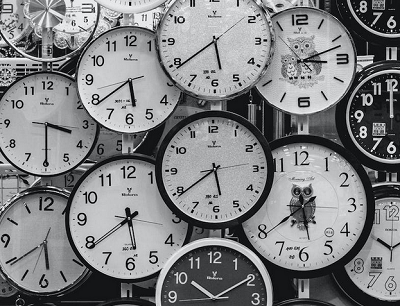
In the US, time is divided into nine (9) standard time zones that cover the states, territories and other US possessions. Most of the country observes DST during the spring, summer, and fall. The time zone boundaries and DST observance are regulated by the DOT. Notably, there was not a single map of those that existed until the agency announced its intentions to make one in September 2022. Official and highly precise timekeeping services (clocks) are provided by two federal agencies: the NIST (an agency of the Department of Commerce); and the USNO. The clocks run by these services are kept synchronized with each other as well as with those of other international timekeeping organizations. It is this combination of the time zone and daylight saving rules, along with the timekeeping services, which notably determines the precise legal civil time for any location within the US at any given moment.
Standard time zones in the US and other regions are defined at the federal level by law 15 USC §260, which also establishes the transition dates and times at which daylight saving time occurs, if observed. It is ultimately the authority of the secretary of transportation, in coordination with the states, to determine which regions will observe which of the standard time zones and if they will observe daylight saving time. As of August 9, 2007, the standard time zones are defined in terms of hourly offsets from UTC. Beforehand, they were based upon the mean solar time at several meridians 15° apart west of Greenwich (GMT). More info about the subject time is available at wikipedia.
Some people believe that daylight savings time should be permanent. Not everybody shares this particular point of view. Presently, there are nine US time zones. Does the local time really make a difference during the course of your daily life? Consider the day begins when the sun rises at different times. What is the importance of syncrhonizing starting times world wide? Wouldn't one time allow for a universal time around the world? Isn't it how the military and aviation industry operate. It's Zulu time or UTC Time set at Greenwich mean time. While getting comfortable with the transition to one time zone may take some time, it may be worth the initial inconvenience to simplify daily life. Why can't time be simple? Consider the cost of creating time zones and imposing daylight savings time. China and India operate with one time zone.
Floor Covering Media publishes
press releases called Flooring Updates.


Floor Covering Media is
a social media network.

Retrieve timely, objective news and
information at https://www.floorsearch.info.



Why Advertise Here?
Exclusivity!
Attention! Flooring Advertisers and those who have been chosen to represent them! When on the lookout for valued venues visited by flooring buyers and suppliers, consider this effective, refreshingly affordable, alternative. During the months ahead, consider Floor Covering Media for the short list of potential candidates that deliver your message (or your client's message) to it intended target audience.
Measurability!
Test drive the Floor Covering Media advertising managment system; effortlessly tracking advertising response rates of multiple sets of supplied, advetising material; positioned at specified locations either for the duration of the placement or for specified time periods of the placement duration on demand. The advertising tracking system is conveniently reached. Look for the 'My Ad Responses' Profile Page Tab.
Simplicity!
Media planners tasked to located flooring focused, promotional resources are provided with a unique solution, which assures them that their promotional messages get the attention they deserve, as they are viewed by those exploring the market for flooring. Let your message align buyers and suppliers at the point of purchase. Buyers and suppliers could be accommodated on demand at Floor Covering Media.




Advertisements are placed in designated areas throughout the Floor Covering Media Website. Advertisements are empowered with special functionality, which enable would-be-buyers to reach the advertiser profile page, which is the landing area for prospective buyers exploring our market. The profile page is a hub for linking functionality and response tracking of promotional messages:
- Linking Functionality serves to empower browsers of would be buyers, whose curiosity is piqued by the creative, compelling promotional message in Advertiser’s Advertisement, to be transported from that Advertiser’s Advertisement to that Advertiser’s Profile Page.
- Click-Through Functionality serves to empower browsers of would be buyers, whose curiosity is sustained when visiting the Advertiser’s Profile Page, to click through from the Advertiser’s Profile Page to both their Internal Documents and their External Websites; once the Advertiser placing the Advertisement properly sets up Profile Page to enable links, which ultimately empower the would be buyers to satisfy their sustained curiosity.
- Response Tracking Functionality serves to empower browsers of member advertisers seeking to measure impact of their advertising message by transporting advertisers from link provided on their Profile Page to area of the site, which would conveniently display a calendar of an advertisement’s Click-Through Activity for the day, week, month and more.
Those would-be-buyers, responding to the promotional message, displayed in the advertisement, click on the link in the advertisement, which directs their browsers from the promotional message to the advertiser’s profile page, which is the landing area for respondents; seeking to learn more about: the advertiser, their organization, products, accessories, services, press releases and their external Websites. The profile page serves those professionals seeking background information. Post links leading to job campaign portfolios, resumes and cover letters, for those considering a career transition within our industry or those in pursuit of a career change from another industry. Employers, hiring executives and employment agencies could benefit during candidate searches.
Linking functionality, from profile page hub, is virtually limitless within the confines of our industry. Advertisers post internal links on their profile pagefor the purpose of promoting their organization, its image, their family of products and workforce background information. Internal links redirect browsers from the advertisement through the profile to the documents reached from profile page. External links redirect browsers from the advertisement through profile to Website reached from profile page for the purpose of building additional traffic volume to websites serving our industry.



